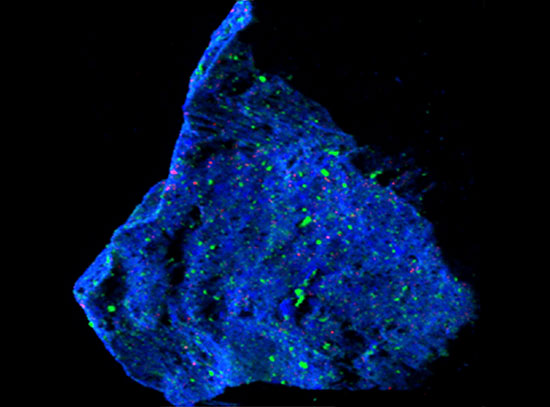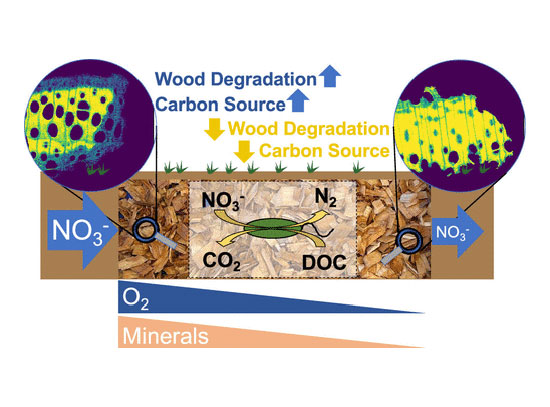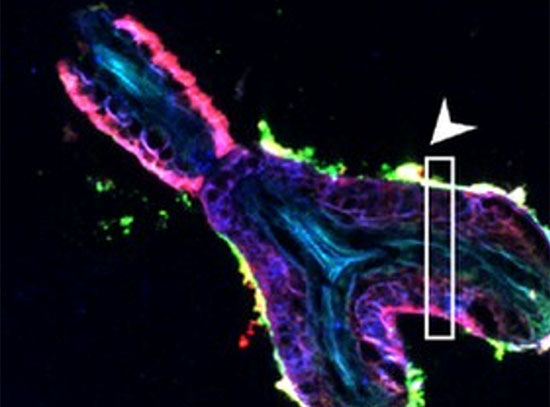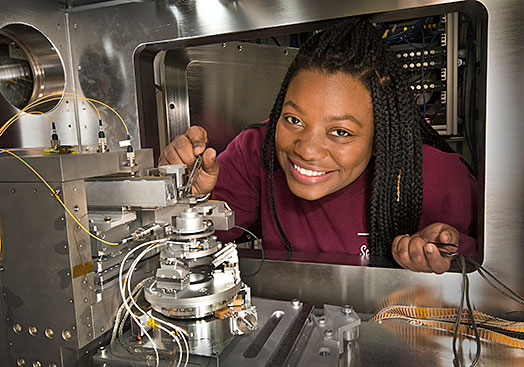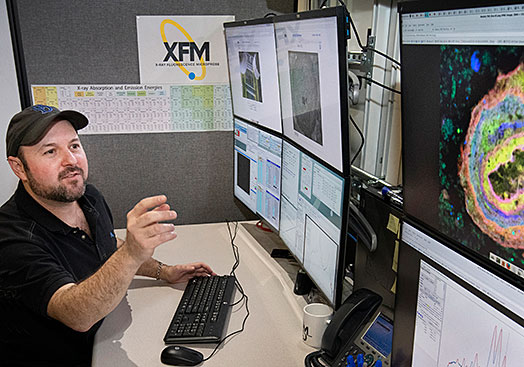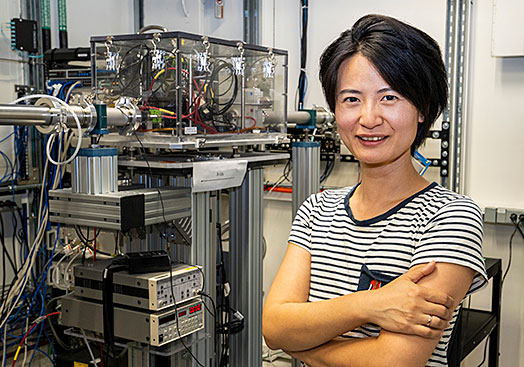
Multimodal imaging from the micro- to nanoscale of elemental abundances and chemical speciation in a wide range of biological materials
The Bioimaging Program at Brookhaven Lab's National Synchrotron Light Source II (NSLS-II) offers a wide range of imaging and spectroscopic microscopy tools for the structural and chemical analysis of biological materials from the micro- to the nanoscale. The beamlines in this program specialize in the study of natural materials in plant, environmental, planetary, and sustainability sciences.
Program Beamlines
X-ray Fluorescence Microprobe
The XFM beamline offers scientists unique and versatile tools for characterizing elemental abundances and chemical speciation in heterogeneous materials. XFM spans a broad energy range and is designed for multimodal and mesoscale imaging, as well as spatially-resolved spectroscopy in diverse scientific fields, including catalysis and energy sciences as well as biology, environmental sciences and energy sciences.
Quantitative Cellular Tomography
The QCT beamline will provide the researchers with a high-throughput analytical approach of imaging frozen hydrated intact cells. Equipped with a cryo-light microscope, the beamline will also have built-in capability of correlation on subcellular morphology and functionality. QCT supports a wide variety of research areas including molecular environmental science, plant and soil sciences, earth and planetary sciences, and life and biological sciences.
-
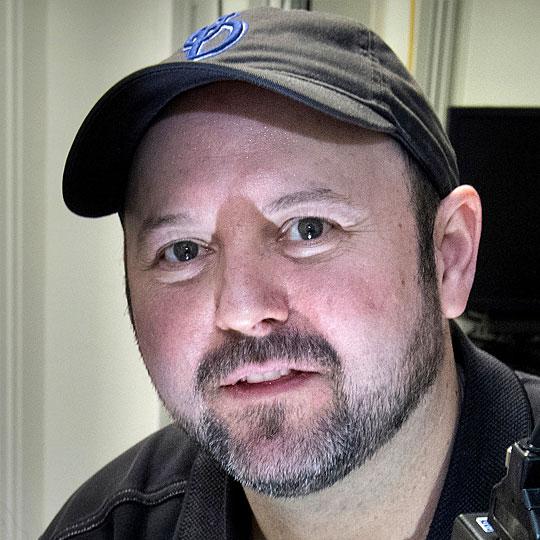
Ryan Tappero
Soil Scientist/Chemist and XFM Lead Beamline Scientist
(631) 344-5245, rtappero@bnl.gov
Bioimaging News
Our Partners

Synchrotron Earth and Environmental Science (SEES) is a NSF-funding consortium whose mission is to advance research and education in synchrotron-based Earth and environmental science to better understand our planet from the atmosphere to the core. SEES support the XFM, XPD, and FIS beamlines at NSLS-II.




